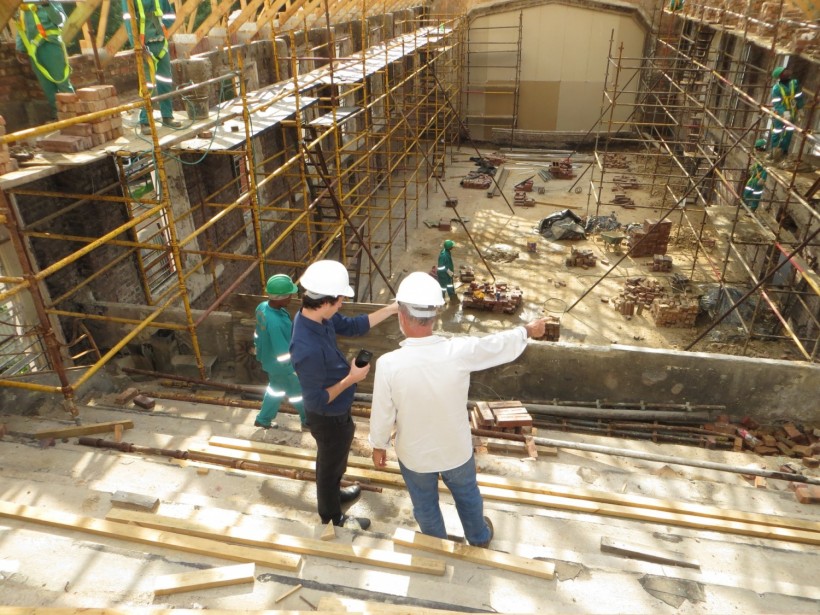As the world becomes more environmentally conscious, and issues such as sustainability, renewable energy and climate change continue to be relevant and pressing for individuals and businesses, the move towards greener and cleaner living also has a direct impact on planning and development within the construction industry.
Public sentiment in conjunction with increasing government regulation has meant that planning and development must be undertaken with consideration of certain environmental factors. This article will look at some of those factors in more detail below.
Energy Efficient Building
According to the information found here by the International Energy Agency (IEA), the building construction sector consumes almost one-third of the world's total energy and almost 15% of carbon dioxide emissions.
The amount of energy needed to light, heat, cool and ventilate a building is significant, however, measures can be taken to reduce this consumption. Energy-efficient practices can be adopted within construction and the IEA has identified these three ways in which building professionals can achieve this aim. Namely:
(i) Using improved design and construction techniques that reduce heating, cooling, ventilating, and lighting energy consumption
(ii) Upgrading building and replacing energy-using equipment with energy-saving equipment
(iii) Active methods of managing energy usage
Using outdated equipment not only increases energy consumption, but it can also lead to a decrease in productivity. Many construction companies realize the importance of energy efficiency for their business and their clients. Many consumers also prefer to work with construction companies that implement good energy efficiency practices so contractors need to focus on these strategies in order to stay competitive and meet their targets.
Impact on Wildlife
Development and construction should not come at the cost of the environment and the natural habitat of other species. All construction, whether it be commercial, residential or infrastructure should take into account and where possible, give back to nature rather than contribute to its decline.
The requirement for an ecology survey to be undertaken before a proposed development can begin will allow planning authorities to take into account the environmental impact such a proposal could have on wildlife and biodiversity in the area, enabling them to make an informed decision whether to permit it to go ahead or not.
When it comes to planning and construction the damage to natural habitats and areas of wildlife should be considered in addition to the health and wellbeing of people living in more urban areas and cities who become increasingly disconnected from the natural world.
Eco-Friendly Materials
Green building materials, such as the ones found here, can be substituted for traditional materials and increasing numbers of businesses, individuals and contractors are using these alternatives. These materials can increase energy efficiency and reduce carbon emissions, helping to support the environment.
These are often recycled or reclaimed materials from other construction sites and can reduce the cost of materials in a project significantly. Some eco-friendly materials that can be used include bamboo, cork, reclaimed wood, mycelium, recycled steel and sheep's wool.
By incorporating the guidance in this article, construction projects can become more environmentally conscious with less of a negative impact on nature and the environment.
© 2024 NatureWorldNews.com All rights reserved. Do not reproduce without permission.
* This is a contributed article and this content does not necessarily represent the views of natureworldnews.com

![Great White Sharks Observed for the First Time Changing Their Behavior in Different Marine Environments [Study]](https://1471793142.rsc.cdn77.org/data/thumbs/full/70251/280/157/50/40/great-white-sharks-observed-for-the-first-time-changing-their-behavior-in-different-marine-environments-study.jpg)

![Origin of Life: Discovery of Lava Being a Building Block of Life Hints 'Humans Have Volcanic Origins' [Study]](https://1471793142.rsc.cdn77.org/data/thumbs/full/70262/280/157/50/40/origin-of-life-discovery-of-lava-being-a-building-block-of-life-hints-humans-have-volcanic-origins-study.jpg)


